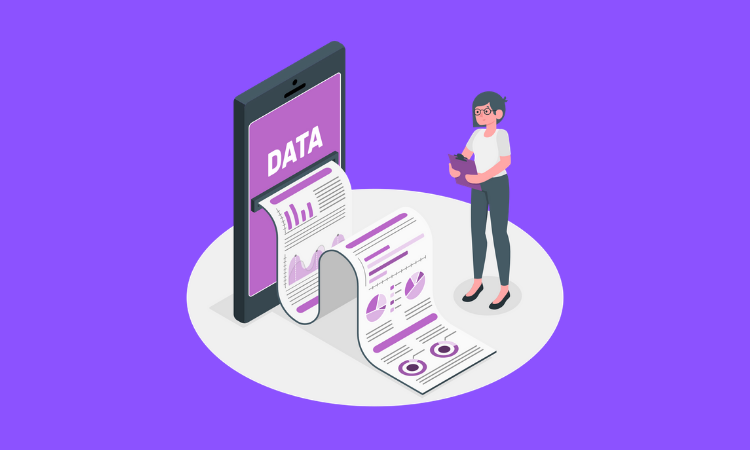Data, Member Exclusive
‘More than the new oil’: Conclusions from Tearsheet’s DataDay Conference
- The pandemic has shifted activity toward digital channels, amplifying the need for safe and secure data sharing between banks and fintechs.
- Holding data is no longer a differentiator; institutions that thrive will make use of that data to build ongoing customer relationships.










